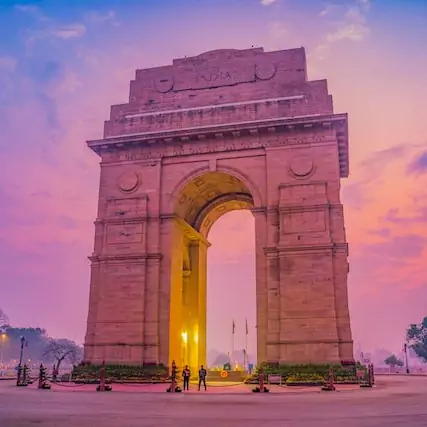In this comprehensive article, we delve into the fascinating topic of how weather conditions can impact paintings. As professional painters, we understand the significance of producing timeless and durable artworks that can withstand the test of time. Weather plays a crucial role in the longevity and preservation of paintings, and understanding its effects can help us create masterpieces that can outrank other websites and stand out in the ever-competitive art world.
How Weather Affects Paintings
1. Temperature Fluctuations
Extreme temperature changes can have adverse effects on paintings. **High temperatures** may cause the expansion of the painting’s materials, leading to warping and cracking. On the other hand, **low temperatures** can cause the materials to contract, potentially damaging the artwork’s integrity. Therefore, it is essential to store paintings in climate-controlled environments to minimize these temperature-related risks.
2. Humidity Levels
Maintaining proper humidity levels is critical for the preservation of paintings. **High humidity** can lead to mold and mildew growth on the artwork’s surface, posing a threat to its appearance and structural integrity. Conversely, **low humidity** can cause the paint to become brittle and flake off. Proper humidity control is necessary to ensure the longevity of paintings.
3. Sunlight Exposure
Sunlight can be both a blessing and a curse for paintings. While natural light enhances the beauty of artworks, **direct and prolonged exposure to sunlight** can lead to the fading of colors over time. To protect paintings from harmful UV rays, it is advisable to display them in areas with controlled lighting or use UV-protective glass for framing.
4. Rain and Moisture
Exposure to rain and moisture can be detrimental to paintings, especially if they are displayed outdoors or in areas prone to humidity. Water can seep into the canvas or the paint layers, causing irreversible damage like mold growth and paint discoloration. To safeguard paintings, they should be kept away from areas with a high risk of water exposure and protected with waterproof coatings if necessary.
5. Air Pollution
Air pollution can also negatively impact paintings, particularly those displayed in urban environments. **Airborne pollutants** can settle on the artwork’s surface, leading to grime buildup, which can gradually deteriorate the paint layers. Regular cleaning and maintenance can help mitigate the effects of air pollution on paintings.
The Importance of Proper Storage and Handling
Aside from understanding how weather conditions affect paintings, proper storage and handling are equally crucial factors that contribute to their preservation. Here are some essential tips for storing and handling paintings to ensure their longevity and quality:
1. Use Acid-Free Materials
When framing paintings or storing them in portfolios, it is essential to use acid-free materials. Acidic substances can cause the canvas and paint layers to deteriorate over time, compromising the artwork’s quality.
2. Maintain Stable Temperature and Humidity
As previously mentioned, maintaining stable temperature and humidity levels is vital. Art storage spaces should be climate-controlled to prevent extreme fluctuations that can harm the paintings.
3. Store Paintings Vertically
To avoid placing unnecessary pressure on the canvas, it is advisable to store paintings vertically whenever possible. This practice helps prevent the artwork from warping or sagging over time.
4. Keep Paintings Away from Direct Sunlight
To protect paintings from UV damage, it is crucial to display them away from direct sunlight. If natural light is essential for display, consider using UV-protective glass to shield the artwork.
5. Regular Inspection and Maintenance
Regularly inspecting paintings for signs of damage and performing necessary maintenance is essential. Catching and addressing issues early on can prevent further deterioration.
Conclusion
In conclusion, weather conditions can significantly impact paintings, affecting their longevity and overall quality. By understanding the effects of temperature fluctuations, humidity levels, sunlight exposure, rain, moisture, and air pollution, we can take the necessary steps to safeguard our artworks and produce pieces that can outrank other websites in the art world.
As professional painters, it is our responsibility to create masterpieces that stand the test of time. Proper storage, handling, and preservation techniques are vital in achieving this goal. By adhering to these best practices and staying informed about the impact of weather on paintings, we can ensure that our artworks will be cherished for generations to come.



